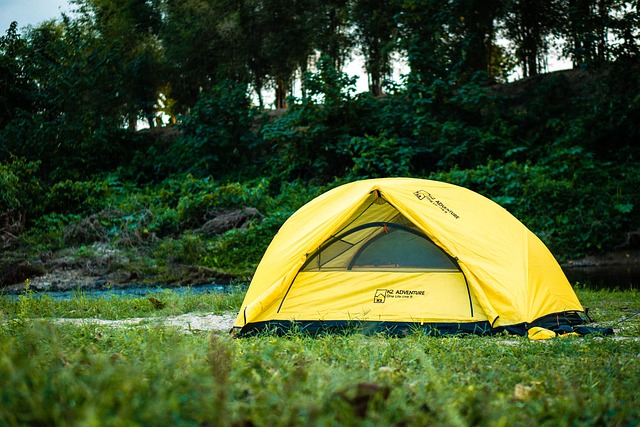Practical Camping: Tents, Glamping, Nature, Outdoor Safety
Camping offers a straightforward way to step away from daily routines and spend time outdoors. Whether you prefer a simple tent under the stars or a more comfortable glamping set-up, understanding basics—from site selection to gear and safety—helps you enjoy nature responsibly and make the most of an overnight stay.

What is camping and who is it for?
Camping is an activity that ranges from backcountry overnight trips to family site camping at established parks. At its simplest, camping involves shelter (a tent, hammock, or vehicle), basic cooking, and staying close to nature. People choose camping for rest, low-cost travel, skill-building, or outdoor recreation such as hiking and wildlife observation. It’s suitable for many ages and experience levels; beginners can start at developed campgrounds that provide amenities and clear rules, while more experienced campers may prefer dispersed or backcountry sites.
How does glamping differ from camping?
Glamping combines elements of camping with higher levels of comfort and service. Typical glamping options include canvas bell tents with beds, yurts, cabins with electricity, or curated campsites with added amenities. The goal is to reduce the barrier to enjoying nature for those who prefer less rustic conditions. Glamping sites often provide linens, lighting, and sometimes meals, but they still encourage outdoor appreciation. Choosing between traditional camping and glamping depends on budget, desired comfort, and the kind of outdoor experience you want.
How to choose a tent for your trip
Selecting a tent depends on group size, seasonality, and intended use. For solo or two-person trips, lightweight backpacking tents prioritize low weight and compact packed size. For family or basecamp camping, larger freestanding tents offer more living space and easier setup. Consider season ratings: three-season tents are common for spring–fall use, while four-season tents handle snow and stronger winds. Also review floor area, vestibule space for gear, ventilation to reduce condensation, and ease of setup. Investing in a tent repair kit and practising pitching the tent at home will save time and frustration at the campsite.
How to experience nature responsibly
Enjoying nature responsibly means following leave-no-trace principles: pack out what you bring in, minimize campfire impacts where fires are allowed, stay on durable surfaces, and respect wildlife. Observe animals from a distance and store food securely to avoid attracting them. Check local rules for collecting wood or disturbing vegetation; many parks limit these activities to protect habitats. Preparing with maps, local services information, and up-to-date weather forecasts will help you choose appropriate sites and reduce environmental impact while maximizing enjoyment of the natural setting.
How to plan outdoor safety and logistics
Safety planning includes assessing weather, preparing a basic first-aid kit, and letting someone know your itinerary and expected return. Consider communication options where cell service is unreliable: a satellite messenger or a personal locator beacon can be prudent for remote trips. Plan water and food supplies appropriately—carry a reliable filtration or purification system if you’ll source water from streams or lakes. Practice campfire safety, know the park’s rules about fires, and have a contingency plan for evacuation in extreme weather. For families, teach children basic campsite rules and emergency procedures before arrival.
Conclusion
Camping—whether in a simple tent or a glamping setup—offers a direct way to connect with nature and enjoy outdoor recreation. Thoughtful preparation for shelter, gear, environmental stewardship, and safety helps create a positive and sustainable experience for everyone involved. By matching your plans to your comfort level and local regulations, you can make outdoor trips both memorable and responsible.






